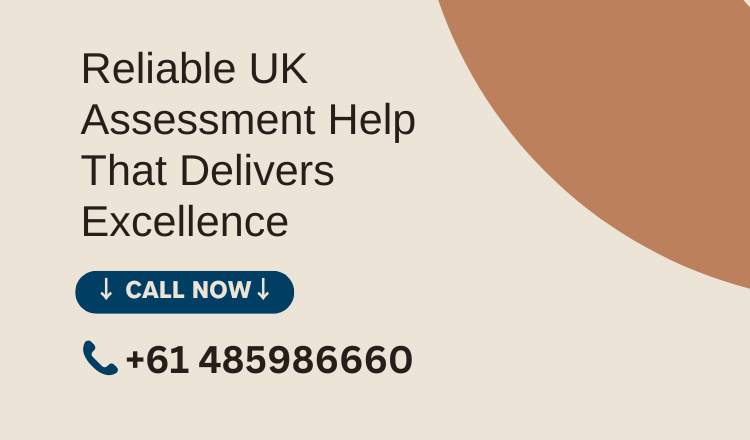The construction industry has traditionally been a male-dominated field, but in recent years, more women have been stepping into roles across various levels — from trades and site management to engineering and project leadership. Despite the progress, women in construction still face a unique set of health and safety challenges. Addressing these issues is not only a matter of fairness and equality, but also essential for improving workplace safety, productivity, and morale.
The Unique Challenges Women Face
The physical environment of construction sites, combined with long-standing cultural and institutional practices, presents specific health and safety concerns for women. These include:
- Personal Protective Equipment (PPE) Not Designed for Women
Most PPE — including hard hats, gloves, high-visibility clothing, and safety boots — has been historically designed for men. As a result, many women struggle to find gear that fits properly, which can compromise protection and lead to discomfort or accidents on site. - Sanitation and Hygiene Facilities
Access to clean, private, and safe toilet and washing facilities is a fundamental health requirement. Unfortunately, many construction sites still lack adequate facilities for women, which can lead to health risks and discourage participation in the industry. - Workplace Culture and Harassment
In male-dominated settings, women often report feeling isolated or subjected to inappropriate behaviour, ranging from sexist remarks to outright harassment. This can affect mental health and contribute to high turnover rates among female workers in the sector. - Ergonomic Risks and Job Design
Construction tasks are often physically demanding and designed around male body mechanics. Poor job design and lack of ergonomic considerations can increase injury risks for women, especially if lifting or repetitive tasks are not adjusted for different body strengths and dimensions.
Legal Responsibilities and Industry Standards
Employers in the UK have a legal duty under the Health and Safety at Work Act 1974 to provide a safe working environment for all employees, regardless of gender. This includes risk assessments that take account of gender-specific needs, suitable PPE, and safe systems of work.
Additionally, the Equality Act 2010 protects against discrimination and mandates fair treatment in the workplace. Integrating these laws into everyday practices helps ensure that women are not just present in the construction industry but are fully supported and protected.
Practical Solutions and Best Practices
- Inclusive PPE Procurement
Suppliers now offer PPE specifically designed for women. Employers must ensure a range of sizes and fits are available, allowing all workers to perform tasks safely and comfortably. - Improving Facilities on Site
All construction sites should have gender-specific, well-maintained sanitation facilities. This includes clean toilets, washing stations, and private changing areas. These facilities must be accessible and meet regulatory standards. - Training and Awareness Programs
Educating all staff — from management to ground workers — about the importance of inclusion and respect in the workplace is crucial. Anti-harassment policies and regular training sessions can create a safer, more supportive environment. - Risk Assessment with Gender Consideration
Employers should conduct thorough risk assessments that consider the needs of all workers. This includes evaluating lifting tasks, manual handling, and exposure to harmful substances with an understanding of their differing effects on men and women. - Encouraging Women into Leadership Roles
Having more women in supervisory and health and safety positions helps ensure that female perspectives are considered in decision-making. It also provides visible role models for other women entering the field.
The Role of Support Networks and Mentorship
Supportive networks can play a significant role in encouraging and retaining women in construction. Organisations such as Women into Construction and NAWIC (National Association of Women in Construction) offer mentoring, advocacy, and community-building opportunities that empower women and foster collaboration.
Incorporating feedback from women working on the ground helps organisations understand real challenges and adapt health and safety strategies accordingly. Employers that actively listen and respond to these needs tend to see better retention, improved morale, and a stronger reputation for inclusivity.
A Local Focus: Health and Safety Hertfordshire
In regions like Hertfordshire, where construction is rapidly growing due to infrastructure development and housing expansion, addressing gender-specific safety issues is particularly vital. Health and Safety Hertfordshire initiatives are beginning to focus more closely on the inclusion of women in safety planning, audits, and compliance processes. Local organisations are working to raise awareness, provide resources, and ensure that the evolving workforce is protected and respected.
Looking Ahead
For the construction industry to continue evolving, health and safety practices must adapt to a changing workforce. Women bring vital skills, perspectives, and resilience to the sector, and ensuring their well-being is a matter of strategic importance.
By addressing gender-specific challenges, promoting inclusivity, and creating safer environments, the construction industry in Hertfordshire — and beyond — can become a more attractive, diverse, and effective field for all.





















































































































































































































































































































































































































































































































































































